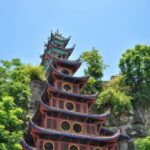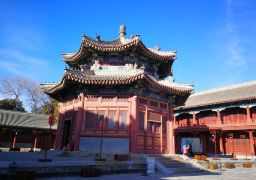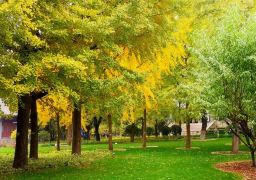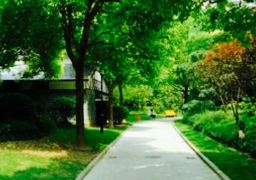Laojun Cave is located on Laojun Mountain, about 2 kilometers east of Shangxin Street in Nan’an District. It is one of the scenic spots in Nanshan Scenic Area. Laojun Cave was first built in the Tang Dynasty. Its original name was Guanghua Temple. It was a Buddhist temple. In 1581 (the ninth year of Wanli in the Ming Dynasty), it was changed into a Taoist temple, commonly known as ‘Laojun Cave’. Later, it became a Taoist temple in eastern Sichuan.
During the reigns of Daoguang, Tongzhi, and Guangxu in the Qing Dynasty, it was renovated and expanded several times. The entire Taoist temple builds halls according to the mountain. Images are carved on the cliffs. Starting from the mountain gate, it is arranged in layers in the shape of the Chinese character ‘Xuan’ along the steep cliffs and walls, spiraling up until reaching the top of the mountain. Inside the temple, there are 13 halls, including Sanqing Hall, Zhenwu Hall, Lingzu Hall, Sanfeng Hall, Doumu Hall, Wenwu Hall, Qixing Hall, Lvzu Hall, Cihang Hall, and Yuhuang Hall. Most of these halls imitate the style of Chinese gardens, with overhanging gables and mortise-and-tenon structures, and upturned eaves and corners. Inside the Laojun Cave Taoist temple, there are many cliff carvings of Buddhist and Taoist story images. Among them, the two stone carvings and reliefs of Nine Dragon Stele and Eight Difficulties Rock have artistic value.Opening hours: Open all year round from 08:00 to 17:00.










